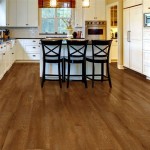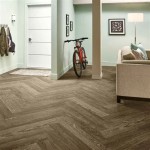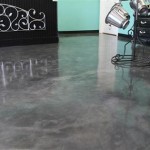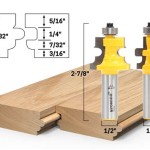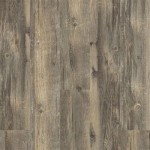Essential Aspects of Laying Hardwood Flooring On Joists
Installing hardwood flooring on joists is a rewarding project that can transform the look of any room. However, it's important to understand the specific requirements and steps involved in this process to achieve a successful and durable installation.
1. Joist Preparation:
Before laying the hardwood flooring, the joists must be properly prepared. Ensure they are level and free from any damage or irregularities. If necessary, level the joists using shims or a leveling compound.
2. Subflooring Installation:
A subfloor is typically installed over the joists to provide a stable base for the hardwood flooring. Choose a subfloor material that is appropriate for your specific application, such as plywood or oriented strand board (OSB).
3. Moisture Control:
Moisture can damage hardwood flooring, so it's crucial to control moisture levels throughout the installation process. Install a vapor barrier between the subfloor and the hardwood flooring to prevent moisture penetration.
4. Hardwood Flooring Preparation:
Before laying the hardwood flooring, acclimate it to the room's temperature and humidity levels for several days. This will prevent any expansion or contraction issues after installation.
5. Installation Methods:
There are two primary methods for installing hardwood flooring on joists: nailing and stapling. Nailing involves using a nail gun to secure the hardwood planks to the subfloor, while stapling involves using a flooring stapler. Choose the method that best suits your project's requirements and skill level.
6. Gapping and Spacing:
Allow for small gaps between the hardwood planks to accommodate for expansion and contraction. The gap size should be approximately 1/4 inch around the perimeter of the room and 1/8 inch between the planks.
7. Finishing Touches:
Once the hardwood flooring is installed, it's important to finish it with a sealant or coating to protect it from wear and tear. Choose a finish that is compatible with the type of hardwood flooring you have installed.
Additional Tips:
- Use a moisture meter to ensure the subfloor and hardwood flooring are within the recommended moisture range.
- Allow ample time for the acclimation process before installing the hardwood flooring.
- Wear safety glasses and gloves during installation.
- If you are not confident in your DIY skills, consider hiring a professional installer.
By following these essential steps and considerations, you can successfully lay hardwood flooring on joists and create a beautiful and durable floor that will last for years to come.

How To Install Hardwood Floors Directly Over Joists Wood Floor Fitting

Fitting Wood Flooring Straight To Joists And Beyond Blog

Laying Hardwood Flooring On Second Story With No Subfloor

How To Lay An Engineered Oak Floor On Joists

Laying Hardwood Flooring On Second Story With No Subfloor

Wood Flooring Blog Laying Oak Onto Joists Peak

Better Floor Performance Starts With A Solid Subfloor System Hardwood Floors

How To Install Hardwood Floors Directly Over Joists Wood Floor Fitting

Laying Solid Wood Perpendicular To Your Subfloor Joists T G Flooring
:strip_icc()/101206833-2e499ef612434b6b8ab6e5b62422a78f.jpg?strip=all)
How To Install Hardwood Floors
Related Posts


